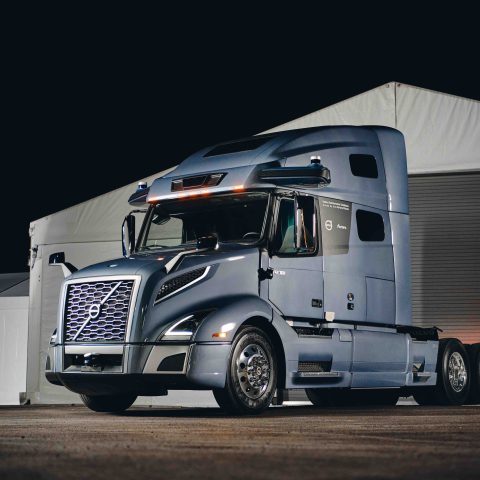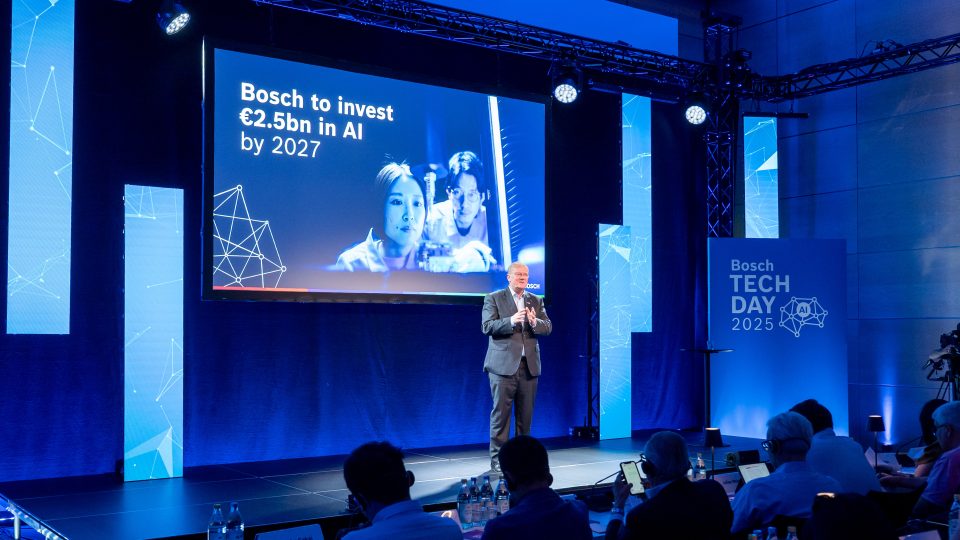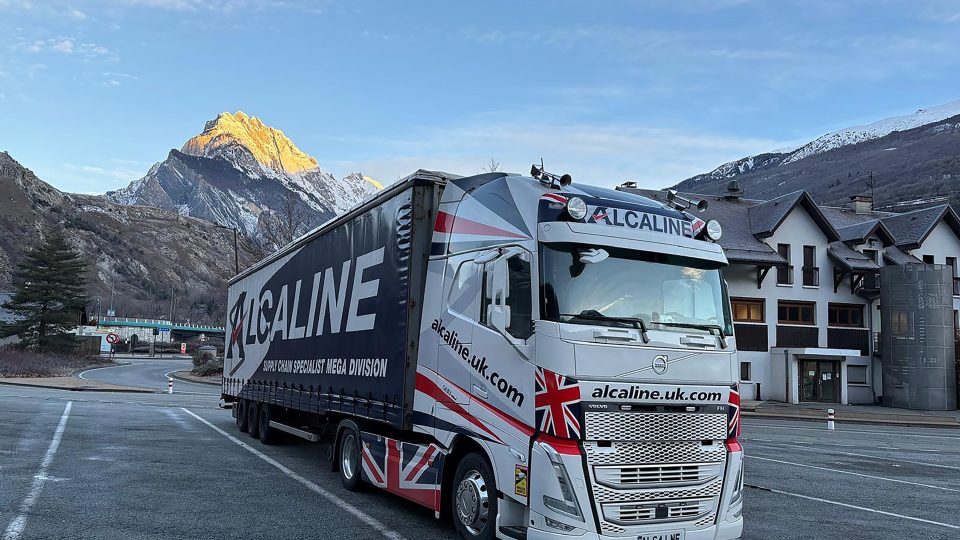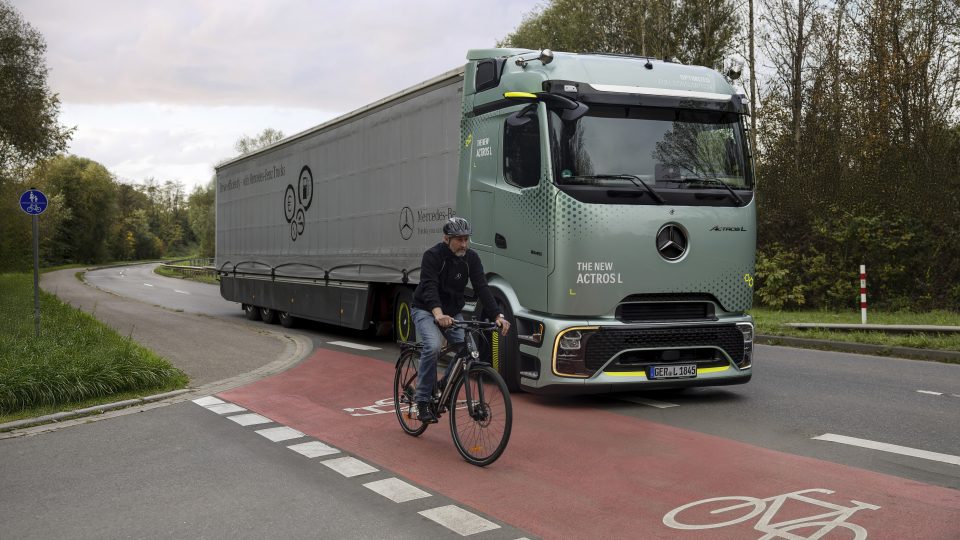Volvo unveils prototype Class 8 autonomous truck equipped with Aurora Driver technology
Volvo Autonomous Solutions revealed prototype long-haul autonomous truck conceived for the North American market. The vehicle, a prototype VNL model, was developed jointly with partner Aurora and is address to an area where Volvo electric trucks are becoming increasingly popular.

Volvo Autonomous Solutions revealed prototype long-haul autonomous truck conceived for the North American market. The vehicle, a prototype VNL model, was developed jointly with partner Aurora and is address to an area where Volvo electric trucks are becoming increasingly popular.
«Our long-standing customer base and their priorities are at the forefront of our path forward in shaping autonomous trucking», said Nils Jaeger, president of Volvo Autonomous Solutions. «We strongly believe in a future in which safe, sustainable, efficient transport solutions are essential for any society to prosper, and autonomous commercial trucking is an important piece of that transformation». On-highway autonomous truck applications are being designed and engineered in the US, in preparation for future production at Volvo Trucks’ New River Valley Assembly Operations in Dublin, Virginia.
Volvo autonomous truck: safety systems
Volvo Autonomous Solutions and Aurora are focusing on the next step in implementing their hub-to-hub transport vision in North America. This includes identifying specific regions and routes to serve as initial hubs for on-road highway testing. The transformation to autonomous is based on rooted safety technologies already in place on the Volvo VNL, including Volvo Dynamic Steering (VDS) and automated transmission (I-Shift). This creates a safety-based solution in the autonomous truck’s core system.
















